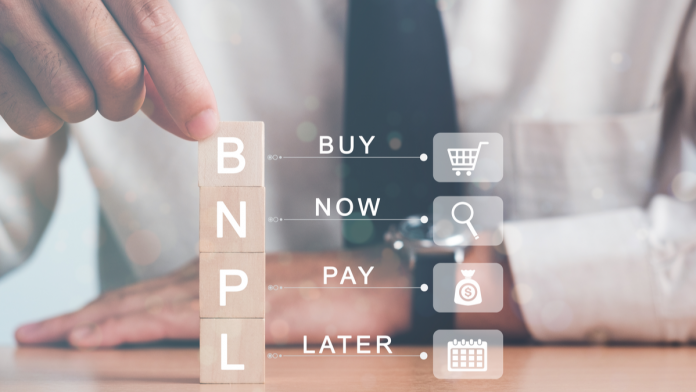As the BNPL sector continues to evolve, Louis Carbonnier, Co-Founder and Co-CEO at Hokodo, assesses what’s next for the APM and why it could be embraced by an increasing number of sectors.
Buy Now, Pay Later has become an established part of the consumer retail experience. With new players offering accessible digital payment services, the sector has experienced skyrocketing growth in recent years.
In fact, according to Precedence Research, its value topped US$125 billion in 2021 and is expected to reach more than US$3 trillion by 2030, notwithstanding the current difficulties faced by Klarna and their contemporaries.
Although we may see a certain degree of market consolidation in the near future, there is little doubt that BNPL for consumers is here to stay – but can the same model be applied to business-to-business (B2B) trade?
Historically, the vast majority of business purchases have relied upon trade credit. Globally, $30 trillion of B2B sales take place on credit terms every year. Yet many businesses baulk at the suggestion of B2B BNPL, despite the fact that it is really just another name for trade credit. The question is, why has it taken so long for businesses to embrace BNPL when it is clearly so well suited to B2B?
Why B2B has lagged behind in the Buy Now, Pay Later revolution
There are a couple of potential reasons why BNPL has been so slow to take off in B2B commerce. One of these is the less-than-stellar reputation of BNPL providers like Klarna. BNPL has come under fire for encouraging consumers to spend money they don’t have and commit to terms they will struggle to meet. It is possible that the growth of B2B BNPL has suffered from association with these practices.
There is also the matter of complexity. B2B purchases typically involve a much larger basket size and much higher value products, leading to considerably greater credit risk and increased probability of fraud. This makes online lending far more complex to implement and manage in B2B.
Some sellers have been able to offer ad hoc forms of digital credit off their own books, but this exposes them to unnecessary risk. Meanwhile, most incumbents have not been able to provide a digital trade credit solution, leaving agile fintech startups to close the gap.
How does BNPL differ in B2B?
Although the outcome of B2B and B2C BNPL is the same (the buyer gets to defer payment) the solutions have two significant differences.
The first is that business customers are unlikely to be incentivised to overspend in the way that consumers can be, meaning the potential for customers to be taken advantage of is significantly reduced.
Second is that the characteristics of B2B transactions can be more complex. For example, the purchasing process is longer and involves consulting with different stakeholders and decision-makers. Credit assessments are more complex too.
Credit Analysts are required to assess the risks and Credit Underwriters to make the decisions, further necessitating the need for the external payments solutions that we are now seeing coming to market.
The changing market for B2B BNPL
In 2022, credit terms are not only a desirable added-value service for B2B payments, they are a necessity – particularly during periods of economic downturn when growth might otherwise stagnate.
However, right now, there are still very few credit solutions available for online B2B sales. According to recent research, only about three-quarters of B2B marketplaces offer payment through their platforms and of those that do, only 21% offer a BNPL option.
Of these, more than a third (38%) use an internal solution – carrying the burden of the aforementioned risk entirely by themselves. The result is a suboptimal checkout process that doesn’t support credit terms for customers, and a lack of scalability for providers.
However, a small batch of new players offering trade credit for e-commerce is now entering the market. Solutions from third-party suppliers like Hokodo are providing buyers and sellers with embedded finance options that simplify the payment process for both parties. This allows buyers to access friction-free payment terms to suit their needs while freeing sellers from the risk of taking on customer debts and the difficulty of managing deferred digital payments.
Recent Hokodo research found that 41% of SME business owners actively search for suppliers who offer credit terms. Meanwhile, a quarter of all businesses surveyed said that access to payment terms would be crucial to their survival in the coming year. With the rising cost of living, rapidly increasing fuel bills, and uncertainty on multiple fronts, there is little doubt that SME owners will need the support of B2B BNPL providers if they are going to continue to invest in their businesses and grow.
Dig further into these findings and themes in Hokodo’s new B2B payments white paper.























